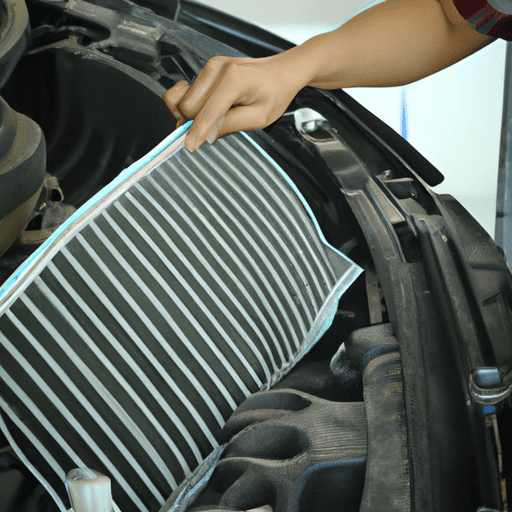As a car owner, it is essential to take good care of your vehicle’s cooling system. The cooling system is responsible for keeping your engine cool during driving, preventing it from overheating and causing damage to its components.
In this article, you will learn all the essential aspects of how to take care of your cooling system and avoid costly repairs or engine failures.
What is a Cooling System?
A cooling system is a component of your car that helps regulate your engine’s temperature. It comprises various parts, such as the radiator, thermostat, water pump, hoses, and coolant.
For it to work optimally, the system must be clean and contain the right amount and type of coolant fluid. Coolant (also known as antifreeze) is a water-based liquid that contains additives that prevent corrosion and keep the engine from freezing in cold weather.
How to Maintain Your Cooling System?
1. Check the Coolant Level and Quality
One of the essential things you can do to take care of your cooling system is to regularly check your coolant level and quality. You can do this by opening the radiator cap or overflow tank when the engine is cool.
The level of the coolant should be between the minimum and maximum marks on the side of the tank or cap. If the level is low, add more coolant until it reaches the recommended level.
Additionally, check the coolant’s quality by inspecting its color and clarity. The coolant should be transparent and have a bright color. If it looks rusty or cloudy, it may be contaminated and require replacement.
2. Flush the Cooling System
Flushing the cooling system is essential in maintaining a healthy engine. Flushing helps remove the old coolant and any debris that may have accumulated in the system over time.
The frequency of flushing the cooling system varies depending on the car’s make and model, but it is generally recommended to do it every 50,000 miles or every five years.
During a flush, the mechanic will drain the old coolant, clean the radiator and other components, and refill the system with new coolant. This helps prevent corrosion, blockages, and leaks in the system.
3. Check the Radiator and Hoses
Inspecting the radiator and hoses is another essential part of taking care of your cooling system. The radiator is responsible for dissipating the heat generated by the engine, and the hoses help carry the coolant throughout the system.
Check the radiator for any signs of damage, such as cracks, leaks, or damage to the fins. Also, check the hoses for any cracks, leaks, or bulges. If you notice any issues, have a mechanic inspect or replace the parts if necessary.
4. Replace the Thermostat
The thermostat is a small component that controls the flow of coolant throughout the engine. It is typically located at the engine’s top and is responsible for maintaining a steady engine temperature.
If the thermostat fails or is stuck in the closed position, it can cause the engine to overheat. To avoid this, it is recommended to replace the thermostat every 30,000 to 50,000 miles or as recommended in your car’s owner manual.
5. Regularly Check the Water Pump
The water pump is responsible for circulating the coolant throughout the engine. It has a pulley that connects to the engine’s crankshaft and spins the impeller, which helps move the coolant through the hoses.
It is essential to check the water pump regularly for any leaks or signs of damage, such as rust or corrosion. If you notice any issues, have a mechanic inspect or replace the water pump.
Conclusion
In conclusion, taking good care of your car’s cooling system is essential in maintaining a healthy engine. Regularly checking the coolant level and quality, flushing the system, inspecting the radiator and hoses, replacing the thermostat, and checking the water pump are critical aspects of cooling system maintenance.
By following these guidelines, you can prevent costly repairs or engine failures and ensure that your car runs smoothly and efficiently.

